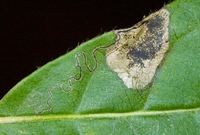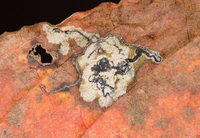
| Recorded by: Mark Basinger on 2025-10-01
Hoke Co.
Comment: | 
| Recorded by: Jim Petranka, Becky Elkin, Nora Murdock, Marilyn Westphal on 2025-08-26
Rutherford Co.
Comment: |

| Recorded by: Mark Basinger on 2025-08-14
Ashe Co.
Comment: | 
| Recorded by: Stephen Dunn on 2025-08-10
Orange Co.
Comment: |

| Recorded by: Mark Basinger on 2025-08-09
Wilkes Co.
Comment: | 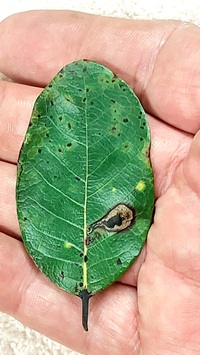
| Recorded by: Mark Basinger, Jim Petranka, and Becky Elkin on 2025-08-03
Moore Co.
Comment: |

| Recorded by: Mark Basinger on 2025-08-01
Stanly Co.
Comment: | 
| Recorded by: Mark Basinger on 2025-07-23
Columbus Co.
Comment: |

| Recorded by: Mark Basinger on 2025-07-23
Columbus Co.
Comment: | 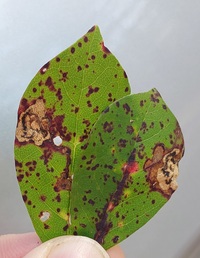
| Recorded by: Mark Basinger on 2025-07-20
Brunswick Co.
Comment: |

| Recorded by: Mark Basinger on 2025-07-14
Richmond Co.
Comment: | 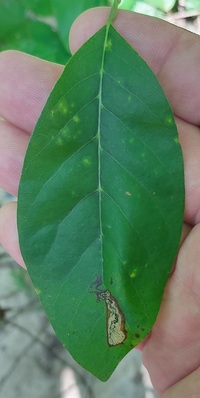
| Recorded by: Mark Basinger on 2025-07-14
Scotland Co.
Comment: |

| Recorded by: Mark Basinger on 2025-07-09
Brunswick Co.
Comment: | 
| Recorded by: F. Williams, S. Williams on 2025-06-15
Gates Co.
Comment: |

| Recorded by: Mark Basinger on 2025-06-14
Rowan Co.
Comment: | 
| Recorded by: Mark Basinger on 2025-06-03
Bladen Co.
Comment: |

| Recorded by: David George, Becky Watkins on 2025-06-01
Mecklenburg Co.
Comment: | 
| Recorded by: Jim Petranka and Becky Elkin on 2025-05-24
Richmond Co.
Comment: |

| Recorded by: Jim Petranka and Becky Elkin on 2025-05-24
Richmond Co.
Comment: | 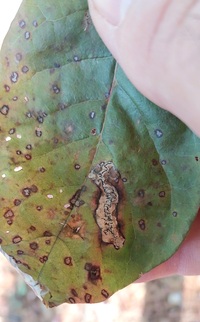
| Recorded by: Mark Basinger on 2024-12-08
Brunswick Co.
Comment: |
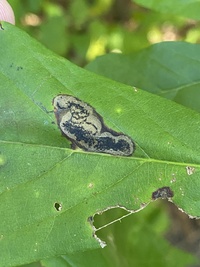
| Recorded by: David George on 2024-10-21
Durham Co.
Comment: | 
| Recorded by: Mark Basinger on 2024-10-17
Montgomery Co.
Comment: |
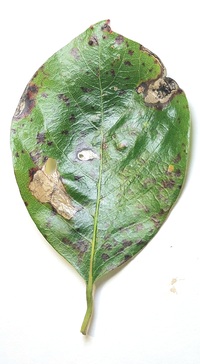
| Recorded by: Mark Basinger on 2024-10-16
Rowan Co.
Comment: Mine on upper right, while that of Antispila nysaefoliella is on the lower left. | 
| Recorded by: Stephen Dunn on 2024-09-12
Orange Co.
Comment: |

| Recorded by: Stephen Dunn on 2024-09-10
Orange Co.
Comment: | 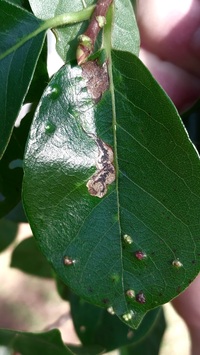
| Recorded by: Mark Basinger on 2024-08-17
Brunswick Co.
Comment: |

| Recorded by: David George, Jeff Niznik, Kevin Bischof on 2024-08-07
Transylvania Co.
Comment: | 
| Recorded by: David George, Jeff Niznik, Stephen Dunn on 2024-08-02
Chatham Co.
Comment: |

| Recorded by: Jim Petranka on 2024-08-02
Madison Co.
Comment: | 
| Recorded by: Jim Petranka on 2024-08-02
Madison Co.
Comment: |
|

 »
»
